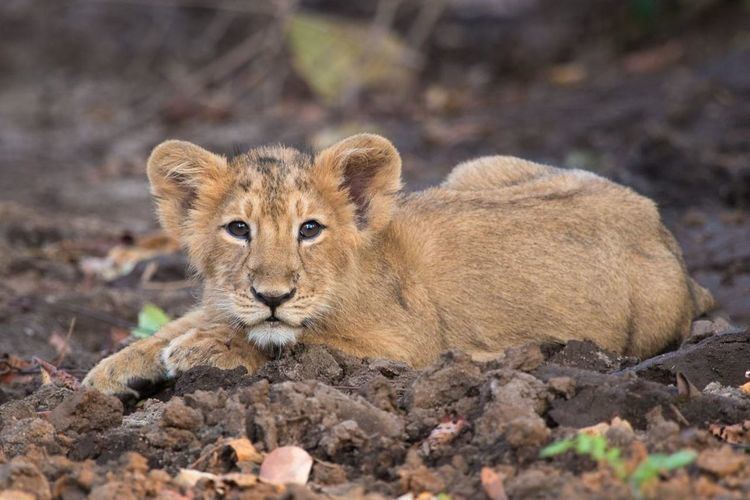 | ||
The wildlife of Iraq includes its flora and fauna and their natural habitats. By the early twentieth century, Iraq had lost all of its mega fauna except for the Syrian brown bear. Prior to the introduction of gunpowder, Iraq was inhabited by many iconic animals such as the Asiatic lion, Asiatic cheetah and Caspian tiger. Iraq has multiple biomes which include the mountainous Kurdistan region in northern Iraq to the wet marshlands along the Euphrates river and the west part of the country comprises desert and some semi-arid regions. As of 2001, seven of Iraq's mammal species and 12 of its bird species are endangered. The endangered species include the northern bald ibis, Persian fallow deer, and Asiatic cheetah. The Syrian wild ass has become extinct and the Saudi Arabian dorcas gazelle was declared extinct in 2008.
Contents
Iraqi marshes
The marshes are home to 40 species of bird and several species of fish plus demarcating a range limit for a number of avifauna species. The marshes were once home to millions of birds and the stopover for millions of other migratory birds, including flamingos, pelicans and herons as they traveled from Siberia to Africa. At risk are 40% to 60% of the world's marbled teal population that live in the marshes, along with 90% of the world's population of Basra reed-warbler. Also at risk are the sacred ibis and African darter. A subspecies of the hooded crow known as the Mesopotamian crow is found in this part of southern Iraq. Seven species are now extinct or near extinction from the marshes, including the Indian crested porcupine, the bandicoot rat and the marsh gray wolf. The draining of the marshes caused a significant decline in bioproductivity; following the Multi-National Force overthrow of the Saddam Hussein regime, water flow to the marshes was restored and the ecosystem has begun to recover.
The fate of the two species of otter (the Eurasian otter and the smooth-coated otter) which were historically present in the marshes on either side of the border remains unknown.
Coral reef
Iraqi coastal waters boast a living coral reef, covering an area of 28 km2 in the Persian Gulf, at the mouth of the Shatt al-Arab river (29°37′00″N 048°48′00″W). The coral reef was discovered by joint Iraqi–German expeditions of scientific scuba divers carried out in September 2012 and in May 2013. Prior to its discovery, it was believed that Iraq lacks coral reefs as the local turbid waters prevented the detection of the potential presence of local coral reefs. Iraqi corals were found to be adapted to one of the most extreme coral-bearing environments in the world, as the seawater temperature in this area ranges between 14 and 34 °C. The reef harbours several living stone corals, octocorals, ophiuroids and bivalves. There are also silica-containing demosponges.
